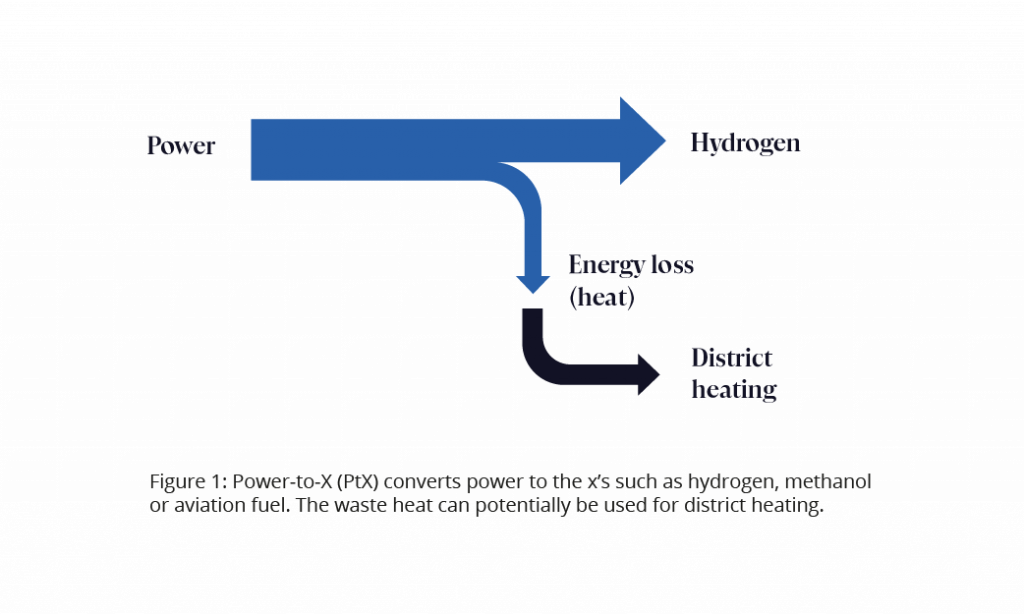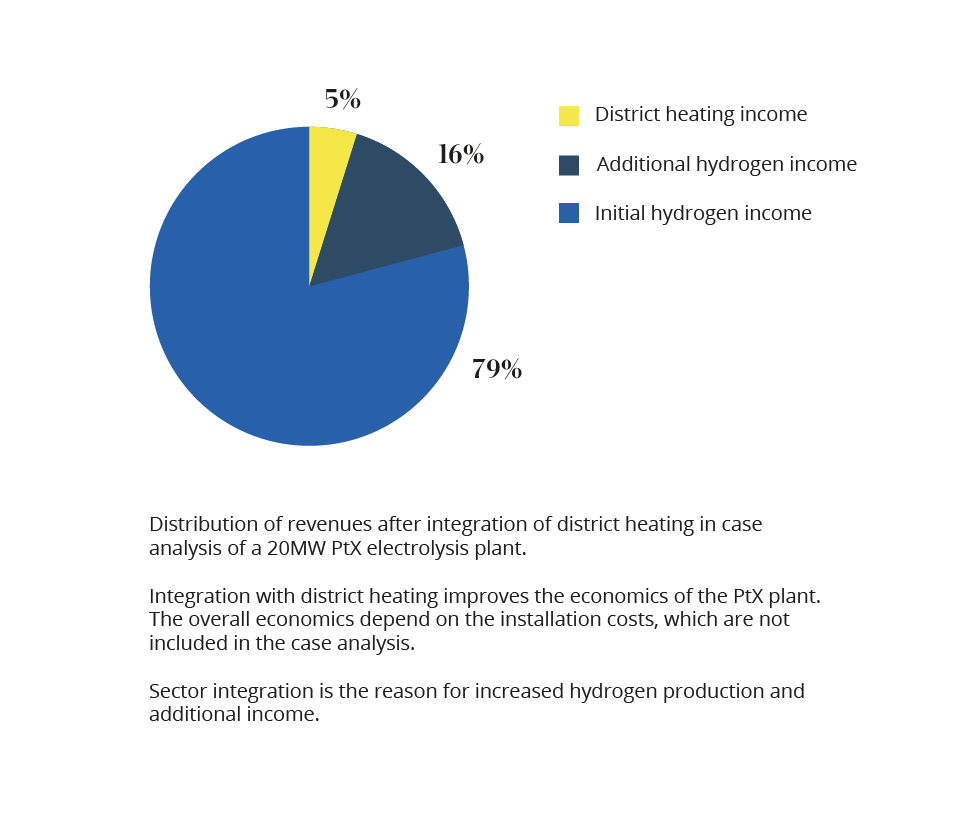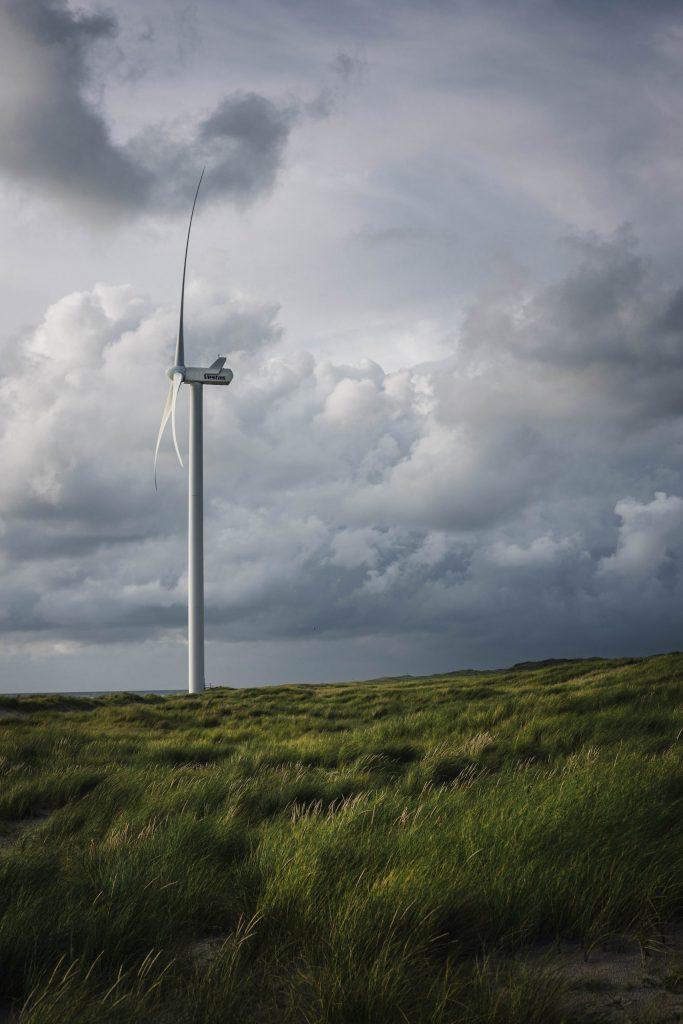A recent report from the Danish District Heating Association edifies the symbiotic relationship between Power-to-X and heat networks.
Net zero in Denmark is well underway, and for this to be cost-effective, the Heat Plan for Denmark recommends heat network coverage increase from 50% to 70%, by replacing existing gas heating zones. It is the coupling of sectors that will enable waste heat from industry and datacentres to satisfy half of the heat network heat demand.
Sector coupling is a method of heat and power sharing between sectors and has been identified as the means to achieving a carbon neutral Denmark by 2045.
Power-to-X is a key enabler of sector coupling and will have an important role to play in the decarbonisation of energy intensive industries such as the transport of goods by road, sea, and air, as well as the production of carbon-neutral fertiliser for agriculture and carbon-neutral products such as steel, plastic, and chemicals.
The term Power-to-X, or PtX, refers to the use of green power to produce a product (X), this could be green hydrogen, green basic chemicals, e-methane, e-methanol, green ammonia, or green aviation fuel. All PtX products require hydrogen, and electrolysis is therefore an important element in the green transition because it converts water into hydrogen and oxygen using green power. Indeed, all PtX processes will have energy losses in the form of heat, and infrastructure is therefore needed to collect and make use of that heat. That is where heat networks come in. (Figure1)

Unlike the UK, it is not acceptable to dump heat from Danish power generation. So obviously, waste heat from PtX generation will need to be used somewhere. Indeed, even the waste heat from crematoriums is used to heat Danish homes.
The high-quality waste heat produced as a biproduct from PtX is ideal for heat networks and will certainly ensure ultra-low-cost heat for consumers. Analyses in the report also show an improved competitiveness of the electrolysis plant through the sale of waste heat to heat networks, longer operating hours and utilizing heat networks as a cooling mechanism to carry excess heat away from the PtX plant. (Figure 2)

The report concludes:
- District heating can further contribute to the success of PtX. The cost of producing green hydrogen can be reduced if electrolysis and heat networks are coupled. The improved economics for the hydrogen producer can contribute to faster establishment and larger PtX plants in Denmark.
- Harnessing PtX waste heat for heat networks enhances integration across sectors such as electricity, heating, transport, waste, industry, and agriculture. Integration with heat networks means increased energy efficiency.
- Denmark can become a leading green energy exporter. Integrating PtX with heat networks improves the business case for PtX, making it more competitive by lowering the price by 5-10%. This will however require good energy planning i.e., locating PtX sites near to existing gas network zones that will need to be converted to heat network zones.
